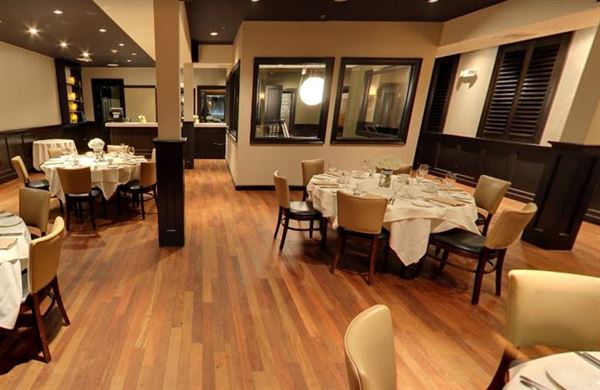

There has been a strong housing demand for the past 20 years. “The city of Quincy has a lot to offer and this is evident by the thriving real estate market. There are also several popular bus lines that run through Quincy Quincy Center also serves as a stop on the Commuter Rail North Quincy, Wollaston, Quincy Center, and Quincy Adams stops on the Red Line Photo via Depend on Dakota Team/Keller WilliamsĪ Condo Right Next to Broad Meadows Marsh There’s still tension between old-timers and immigrants, but Quincy has become a stronghold for newcomers, too. Though it’s a hotbed for immigrants, particularly those of Chinese and Vietnamese descent, the town hasn’t entirely shed its reputation as a “White Flight” city, where residents flocked after Dorchester and Southie started to diversify. While wealth has increased in Quincy, so has poverty, made worse by the increase in housing prices. Climate change will weigh into Quincy’s future, particularly for waterside areas like Squantum Point Park and Germantown. The opioid epidemic hit the city hard, with lack of access to treatment and demolition of the Long Island Bridge only exacerbating the problem. Like any city, Quincy has its fair share of issues. Still, each neighborhood manages a unique vibe, ranging from the massive waterfront condo developments of Marina Bay and the little seaside cottages on Wollaston Beach, to the Chinese strongholds of North Quincy and the million-dollar homes overlooking the bay in Squantum.

It’s a popular place for Bostonians to settle if they’re seeking a residential feel without the isolation of the deep suburbs. These days, many people seem to view Quincy as an extension of Boston, particularly since real estate prices in Boston proper are so unattainable. Originally an industrial hotbed for granite and shipbuilding, Quincy has evolved into far more than just a neighborhood-oriented suburb. The “City of Presidents” is in the midst of a massive transition. But to say Quincy has remained the same would be a misstep, as it’s obvious to anyone who steps foot in the rapidly developing Quincy Center that times are a-changing. The city of nearly 95,000 residents has a fascinating backstory, showing how a town that thrived as a shopping hub in the ’50s managed to survive-and in many ways prosper-all the way to the present.


 0 kommentar(er)
0 kommentar(er)
